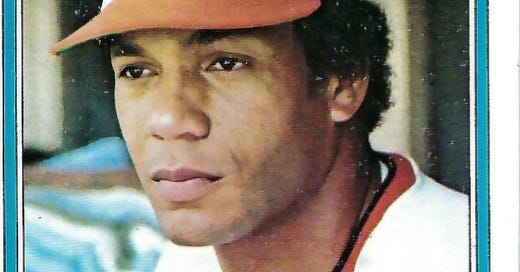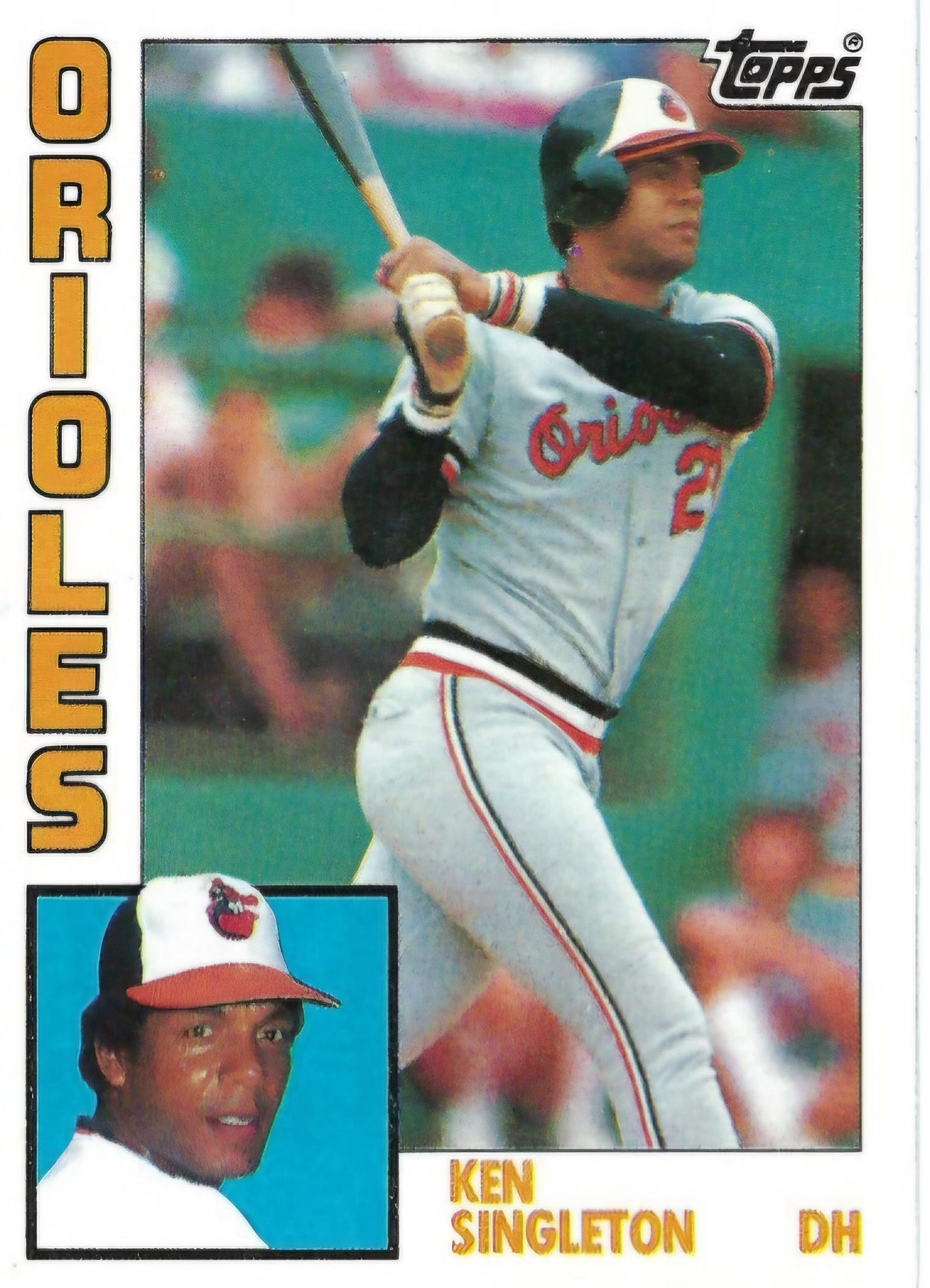The Bird Tapes Interview: Ken Singleton
The All-Star outfielder didn't arrive in Baltimore until he was 28 years old and fully-baked as a major leaguer, but he became a quintessential Oriole.
In one way, Ken Singleton was something of an outlier among the everyday players on the Orioles teams that consistently ranked among the American League’s best in the 1970s and early 1980s.
Teammates Al Bumbry, Mark Belanger, Doug DeCinces, Bobby Grich, Don Baylor, Eddie Murray, Rich Dauer and Cal Ripken Jr. were Oriole lifers, all signed and developed by the club. Pitchers Jim Palmer, Mike Flanagan and Dennis Martinez also shared that background. They arrived in Baltimore having learned their trade in such places as Fernandina Beach, Florida; Bluefield, West Virginia; Asheville, North Carolina; and Rochester, New York — minor league outposts where the Oriole Way became part of their DNA.
Singleton, meanwhile, arrived in Baltimore via trade as a 28-year-old, fully-baked major leaguer, having played five seasons in the National League. (Two with the New York Mets and three with the Montreal Expos.)
Quickly, however, Singleton learned how the Orioles played under manager Earl Weaver, the importance of being a team, the attention paid to detail, the emphasis on defense, the determination to be smarter than the other guys, and he became an ardent proponent of the unique philosophy.
Though technically not a lifer, Singleton is remembered today as one of the defining Orioles of that era. His statistics help explain why that status is warranted. Over a full decade with the team, from 1975 through 1984, Singleton compiled a .388 on-base percentage and scored 684 runs, but also hit 182 home runs and drove in 766 runs. Good luck finding many other players with such an unusual, and useful, profile.
Along the way, he earned three All-Star selections and finished second in the American League’s Most Valuable Player balloting one year.
But in his vintage interview from a quarter-century ago, available below to paid Bird Tapes subscribers, Singleton doesn’t reflect on his individual performance nearly as much as the environment that endured in and around his Orioles.
He explains what happened if he botched a throw to a cutoff man. (Spoiler, Weaver was waiting for him on the top step of the dugout when the inning ended.)
He explains that one of his favorite accomplishments was earning a seat in “the shitter,” the area near the bathroom on the team bus, a hallowed spot from which veteran guidance was dispensed and team spirit was reinforced on rides to and from the hotel and ballpark on the road.
He explains what, in his view, went wrong after his career ended and the Orioles entered a decline starting in the mid-1980s. (Spoiler, the new players didn't know what Oriole baseball was.)
The interview pairs neatly with my previously posted Bird Tapes interviews with Flanagan and Murray, who, like Singleton, both defined and understood the era. Singleton vividly depicts it, from Weaver’s maddening genius and Palmer’s relentless perfectionism to Scott McGregor’s big-game confidence. Singleton’s long post-playing career as a broadcaster is easily understood when listening. He paints pictures, adds details, takes stands.
Turns out the great ballplayer is also a great storyteller.
(Note: To upgrade to a paid subscription, which enables you to hear this and all of the vintage interviews in the Bird Tapes collection, click on this link.)
Keep reading with a 7-day free trial
Subscribe to The Bird Tapes to keep reading this post and get 7 days of free access to the full post archives.






